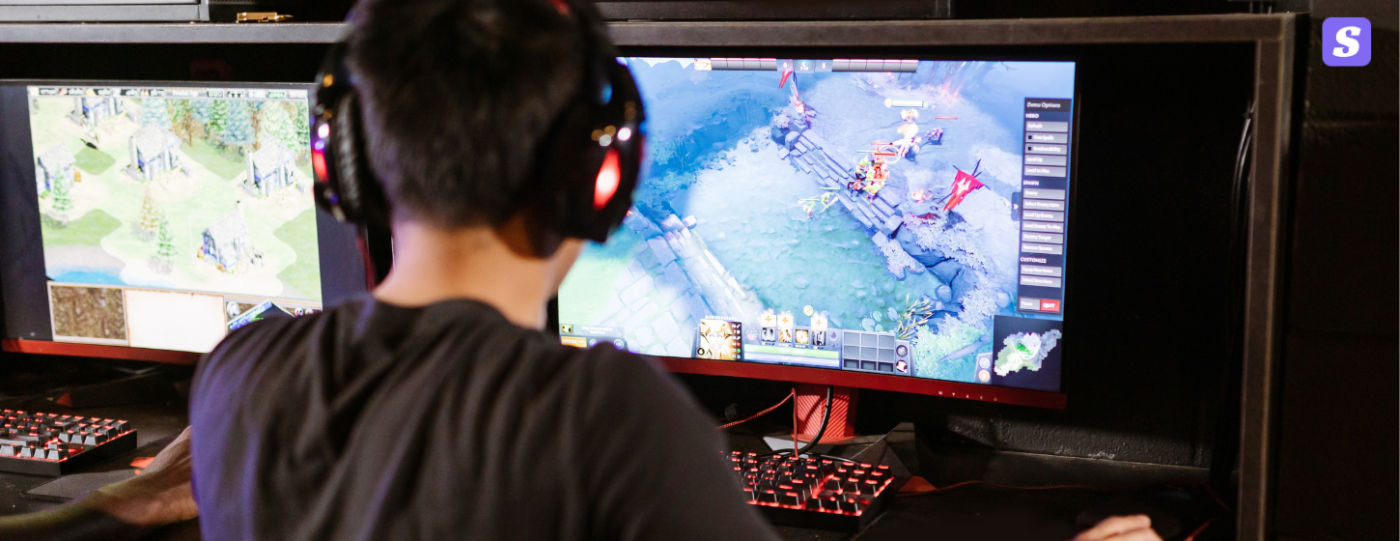Nothing is more frustrating than sitting down to work or stream your favorite show, only to realize your internet connection is not working. Whether you are facing intermittent connectivity, slow pets, or a complete loss of connection, these issues can oppressively disrupt your day. The good news is that numerous internet connection problems are easy to fix with a many simple troubleshooting way. Then’s a comprehensive companion on how to troubleshoot and fix internet connection issues on your PC.
Step 1 Check Your tackle
Before diving into software fixes, it’s pivotal to insure that all your tackle is performing duly.
Check Your lines
Make sure all lines are securely connected to your router, modem, and PC. A loose or disconnected string can beget loss of connection.
Renew Your Modem and Router
Frequently, simply resuming your modem and router can break connection issues. Turn them off, stay for 10- 15 seconds, also power them back on. Give them a couple of twinkles to completely reboot before checking your connection again.
Check Your Network appendage
On your PC, make sure the network appendage is working duly. You can check this by going to the Device director in Windows and vindicating that no crimes are shown coming to your network appendage.
Step 2 Check Your Wi- Fi Connection
Still, several factors could be affecting your connection
If you’re using Wi- Fi.
Signal Strength
Poor signal strength can beget connectivity issues. Try moving near to your router or conforming the placement of the router to reduce hindrance.
Hindrance from Other Devices
Devices like broilers, cordless phones, and indeed bordering Wi- Fi networks can beget hindrance. Switching your Wi- Fi channel or moving the router to a less crowded frequence( like 5 GHz) can help ameliorate performance.
Check for Overcrowded Networks
Too numerous bias on your Wi- Fi network can decelerate down your connection. dissociate any gratuitous bias and see if your connection improves.
Step 3 Diagnose and Reset Network Settings on Your PC
occasionally, the problem lies in your PC’s network settings. Then’s how to diagnose and reset these settings.
Use the erected- in Troubleshooter
Windows has a erected- in network troubleshooter that can automatically descry and fix common network problems.
Go to Settings> Network & Internet> Status.
Click on Network Troubleshooter and follow the on- screen instructions.
Reset Your Network Settings
Still, you may need to reset your network settings, If the troubleshooter does n’t resolve the issue. This will restore all your network configurations to their dereliction settings. Open Settings, click on Network & Internet, and scroll down to Network reset. Click the Reset now button to reset your network settings. Your computer will renew, and you will need to reconnect to your Wi- Fi or Ethernet network.
Flush Your DNS Cache
A corrupted DNS cache can help you from penetrating certain websites or beget slow lading times. Flushing your DNS cache can resolve this issue.
Open Command Prompt as an director.
Type the following command
ipconfig/ flushdns
Press Enter. Your DNS cache will be cleared.
Step 4 Check Your Internet Service Provider( ISP)
still, the problem may lie with your internet service provider( ISP), If your tackle and network settings are fine.
Check for Outages
Visit your ISP’s website or call their client service to check if there’s a service outage in your area.
Test Your Internet Speed
Use online tools like Speedtest.net to check your internet speed.However, communicate your ISP for backing, If it’s significantly slower than what you’re paying for.
Renew or Reset Your Modem
still, you can reset it to its plant settings by pressing the small reset button on the reverse of the device, If you suspect your modem is the issue. Keep in mind that this will abolish any custom settings, so use this as a last resort.
Step 5 Update or Reinstall Your Network motorists
Outdated or spoiled network motorists can beget internet connection problems. Then’s how to modernize or reinstall them
Update Your Network motorists
Open Device director on your PC.
Expand the Network appendages section, right- click your network appendage, and elect Update motorist.
Choose the option to search for motorists automatically and let Windows find any updates.
Reinstall Your Network motorists
still, try reinstalling the motorists
If updating does n’t work.
In Device director, right- click your network appendage and choose Uninstall device.
renew your computer, and Windows will automatically reinstall the necessary motorists.
Step 6 Check for Malware or Contagions
vicious software can occasionally intrude with your internet connection. Running a malware checkup can help insure your PC is n’t compromised.
Run a Full System overlook
Use your antivirus software to run a full system checkup and remove any malware or viruses. However, you can use Windows Defender, which compare-installed on Windows PCs, If you don’t have antivirus software installed.







Leave a Comment